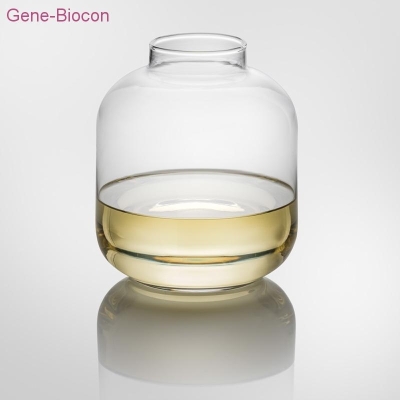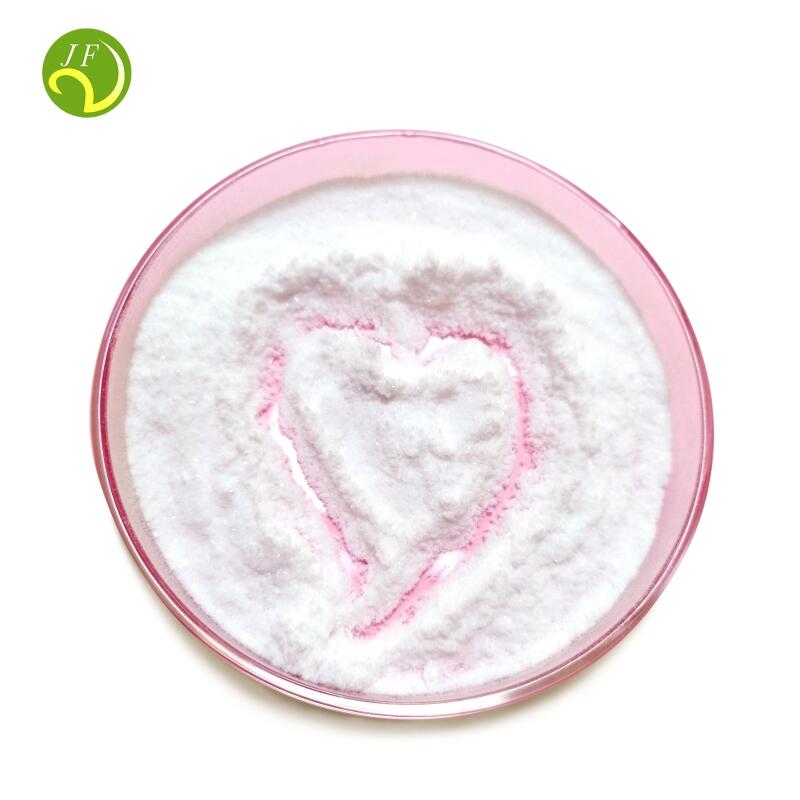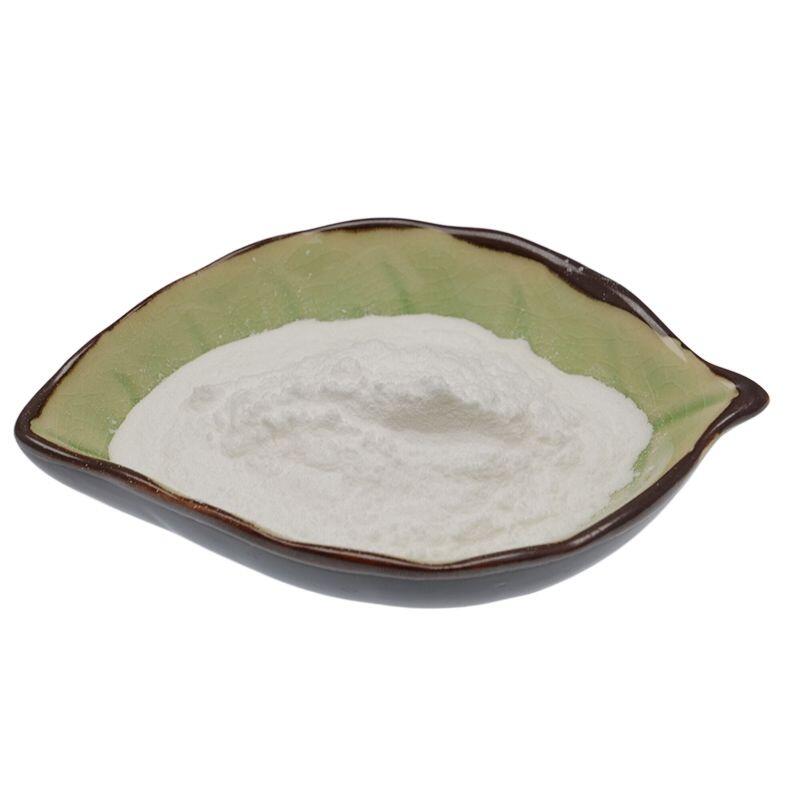-
Categories
-
Pharmaceutical Intermediates
-
Active Pharmaceutical Ingredients
-
Food Additives
- Industrial Coatings
- Agrochemicals
- Dyes and Pigments
- Surfactant
- Flavors and Fragrances
- Chemical Reagents
- Catalyst and Auxiliary
- Natural Products
- Inorganic Chemistry
-
Organic Chemistry
-
Biochemical Engineering
- Analytical Chemistry
-
Cosmetic Ingredient
- Water Treatment Chemical
-
Pharmaceutical Intermediates
Promotion
ECHEMI Mall
Wholesale
Weekly Price
Exhibition
News
-
Trade Service
Dendrobium officinale (Dendrobium officinale) is a perennial herb of the Orchidaceae genus Dendrobium, and is called the "Medicinal Giant Panda" by the international medicinal plant community.
Dendrobium officinale is a medicinal and edible homologous plant with a long history of use.
It is rich in polysaccharides, flavonoids, alkaloids, bibenzyls and other active ingredients.
Flavonoids have the effects of anti-oxidation, anti-aging, anti-virus, etc.
, and are also the main components of the plant's own disease resistance and stress resistance.
However, the research on the biosynthesis and regulation of Dendrobium flavonoids is still rare in the academic circles.
Under the guidance of researcher Duan Jun, Dr.
Yu Zhenming from the Agricultural Resources Center of the South China Botanical Garden, Chinese Academy of Sciences, and others, used Dendrobium officinale as the material to study the changes in flavonoid content in different growth and development stages and different tissues and organs, and found that flavonol synthase located in the cytoplasm (Flavonol synthase, FLS) gene expression and flavonoid content show a significant positive correlation.
FLS is an important member of the 2-ketoglutarate-dependent dioxygenase family.
It uses dihydroflavonol as a substrate to catalyze the hydroxylation of the C3 position in the flavonoid structure to generate myricetin, kaempferol, and quercetin , Is a key enzyme in the biosynthesis of flavonol compounds.
In Arabidopsis, overexpression of Dendrobium candidum DoFLS1 can significantly increase its flavonoid content.
HPLC analysis found that the increased flavonoids were mainly derived from myricetin, indicating that DoFLS1 is responsible for the synthesis of myricetin in the flavonol compound.
Compared with wild-type plants, DoFLS1 overexpression plants have significantly lower anthocyanin content.
This may be due to the heterologous overexpression of DoFLS1 leading to structural genes related to anthocyanin synthesis in Arabidopsis (CHS, CHI, DFR, ANS).
, UFGT) expression is significantly inhibited.
Further functional complementation verification found that DoFLS1 can complement the FLS mutant fls1-3, a homologous gene of Arabidopsis thaliana, which has a low flavonoid content and high anthocyanin content.
In addition, the expression of DoFLS1 is also affected by low temperature, drought, salicylic acid and other factors, which are related to the abundant stress response elements (ABRE, LTR, MBS, TCA) in its promoter region.
The results of the study show that DoFLS1 can regulate the biosynthesis of flavonoids in Dendrobium candidum.
This study provides a basis for exploring the scientific problems of feedback inhibition regulating the metabolic flow of flavonols and anthocyanins, and also provides theoretical support for the improvement of Dendrobium candidum germplasm.
Relevant research results were published on Protoplasma ("protoplasm").
(bioon.
com">Bioon.
com)
com">







